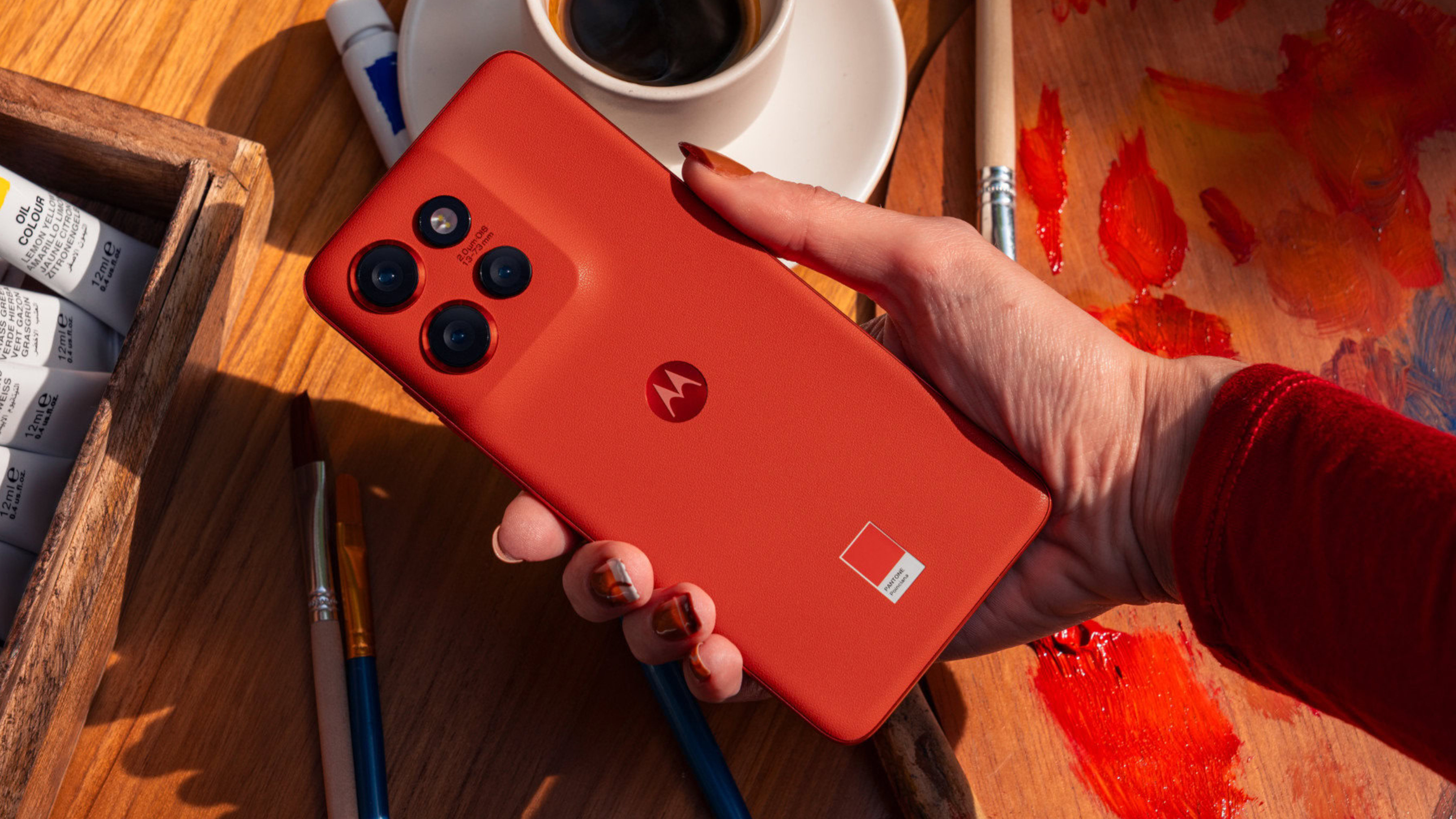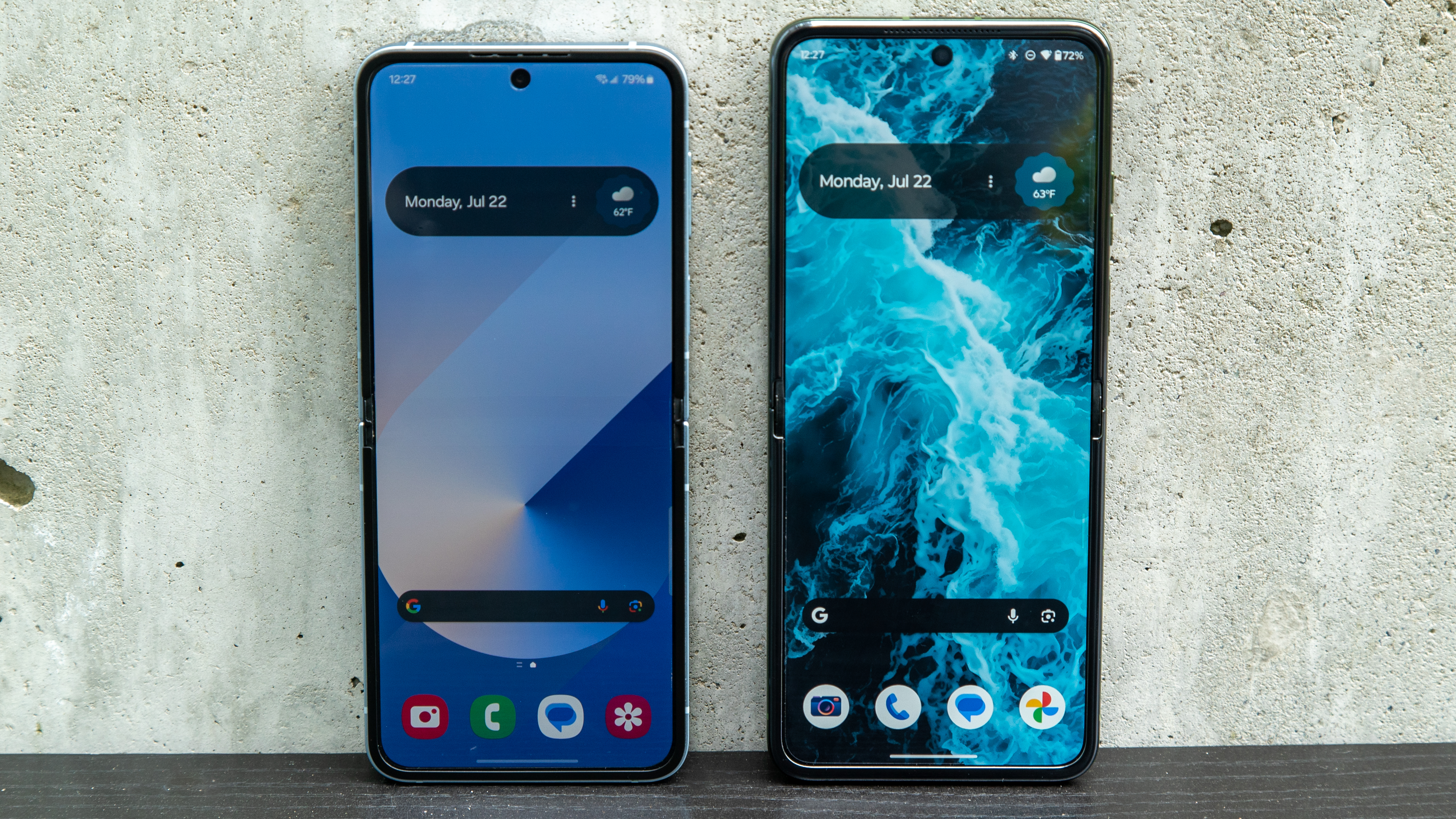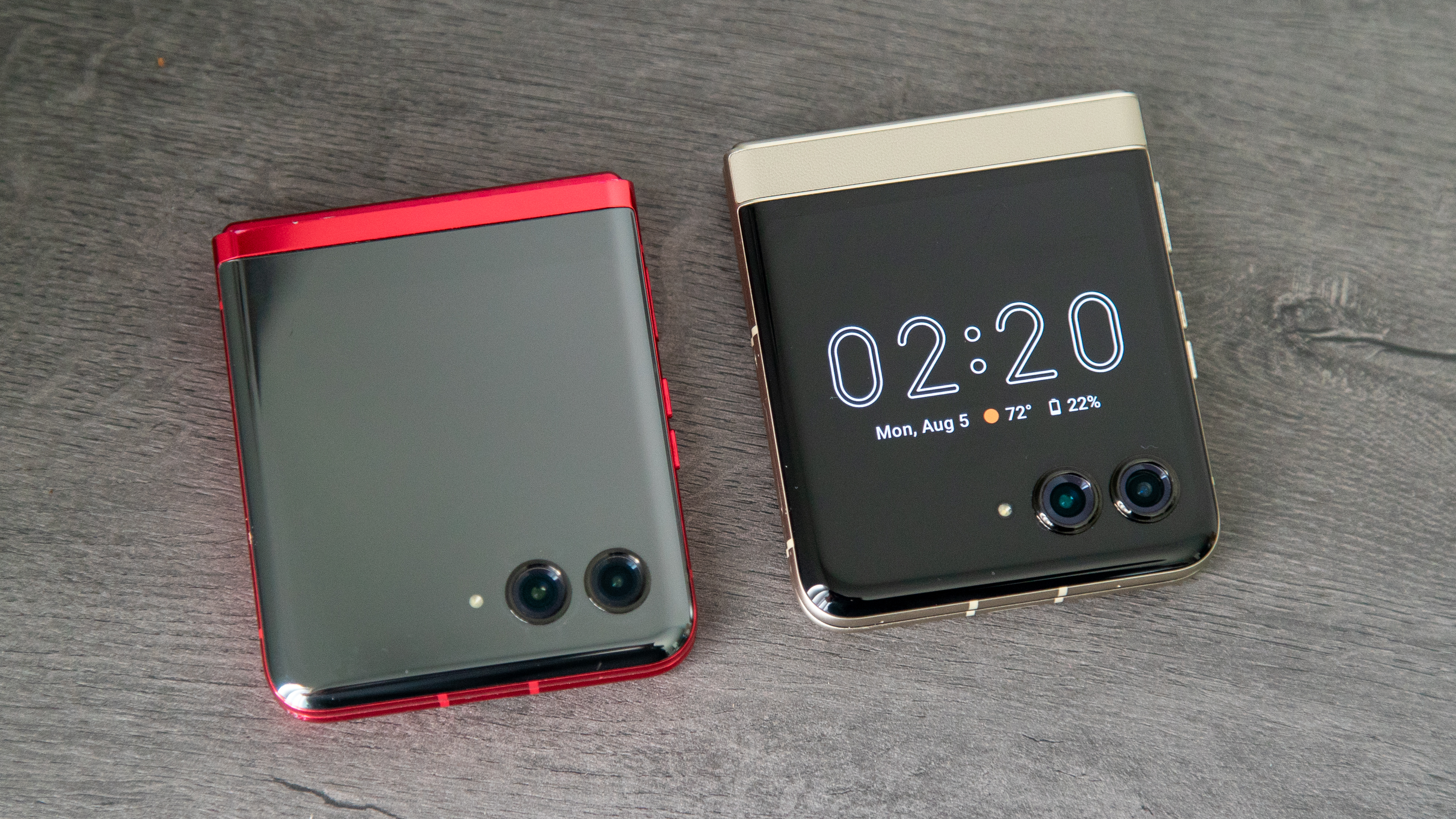
What you need to know
- The Motorola Edge 50 Neo, coming to select European countries, Asia, Latin America, the Middle East, and Oceania, will get five years of full OS upgrades.
- It's the first Motorola phone to be promised five Android version updates, and it costs €499.
- However, the move doesn't account for Motorola's historically-slow pace of seeding new Android upgrades to its phones.
As the best Android phones march toward lengthy software support promises, Motorola phones have considerably lagged behind. While the latest Google Pixel and Samsung Galaxy phones boast up to seven years of software support, including full OS upgrades, flagship Motorola devices top out at three. The midrange and budget devices featured even less support, but that's changing with the release of the Motorola Edge 50 Neo.
The Edge 50 Neo is a mid-ranger launching in India today, Sept. 16. It's not slated for a U.S. release at the moment, but the phone will be coming to select European countries, Asia, Latin America, Middle East, and Oceania. Motorola is selling the Edge 50 Neo for €499 in Europe, which is about $551 in U.S. dollars. Despite the Edge 50 Neo not being one of Motorola's flagship offerings, it's guaranteed the longest software support window of any Moto phone to date.
The company says it will debut the Edge 50 Neo with Android 14, the current version, and give it five more OS upgrades and five years of security updates. That's less than what Samsung, Google, and Apple offer, but it's considerably more than Motorola has provided in the past. The foldable Motorola Razr Plus 2024, which retails for $900 new, is only promised to get three full OS upgrades.

This creates a predicament for smartphone buyers, because the Motorola Razr Plus 2024 arguably has the best hardware of any clamshell foldable sold in North America. It's better than the Samsung Galaxy Z Flip 6, but Samsung's significantly-better software support could tip the scales against Motorola.
Android Central's own Derrek Lee recapped a year with the Razr Plus 2023 and experienced some of Motorola's software struggles. For the longest time, the Razr Plus 2023 didn't have support for the Gemini app or Android 14. The update finally came in July 2024, after Motorola had already announced the new Razr Plus 2024 with Android 14 pre-installed. It was hardly a premium experience, despite Razr Plus owners paying premium prices for their devices.
So, why is Motorola offering its best software support yet on a midrange phone? We don't know for sure, and it's certainly strange, considering the Razr Plus 2024 just launched this summer with better hardware. It's possible that Motorola is gearing up to comply with new European Union requirements for phones and tablets that will take effect in June 2025. They dictate that operating system upgrades must be available for "at least 5 years from the date of the end of placement on the market of the last unit of a product model."
These rules would govern products sold in the European Union, so it would make sense that Motorola might want to try out longer software support periods on a phone primarily marketed to EU customers — the Motorola Edge 50 Neo.
It's also plausible that Motorola is desperately trying to remain competitive in emerging markets, where the Edge 50 Neo's success is crucial. Google has been particularly eager to gain footing in India with Pixel phones, which offer much longer software support periods than Motorola phones. By extending the Edge 50 Neo's support to five years, it just gets that much closer to the Pixel update promise.
Timely updates are crucial to the smartphone experience

However, it's fair to wonder whether all this matters if Motorola can't provide more consistent and speedy Android updates. The software update debacle affecting the Motorola Razr Plus 2023, where that flagship phone didn't get Android 14 until Android 15 was approaching platform stability, is unacceptable. People don't just want a high quantity of software updates, they also want quality. Part of that is making sure updates are shipped in a timely manner.
Motorola users expecting an Android 14 update had to wait a year for it, while users of competing phones already had it. We know that the most common upgrade cycle for phones is about every three years — that's why carrier installment plans typically last 36 months. So, Motorola's slow pace of shipping Android updates is arguably worse than its short support windows. Always being a year behind can be more frustrating than not receiving an update at all.
Ever since companies started competing to provide the longest software support for their devices, we've approached the promises with a fair bit of skepticism. It's great that Android phones are going for longevity, in theory, but OEMs have to back the claims up. If the updates are lackluster or slow, then these promises will have been in name only.
For Motorola, it's not about the feature set, it's about speed. It shouldn't take a year for a flagship phone to get a new Android version update. While I'm excited that the Edge 50 Neo will be the first Motorola phone to get five OS upgrades, if they're not delivered quickly, I'm not sure it will matter.







